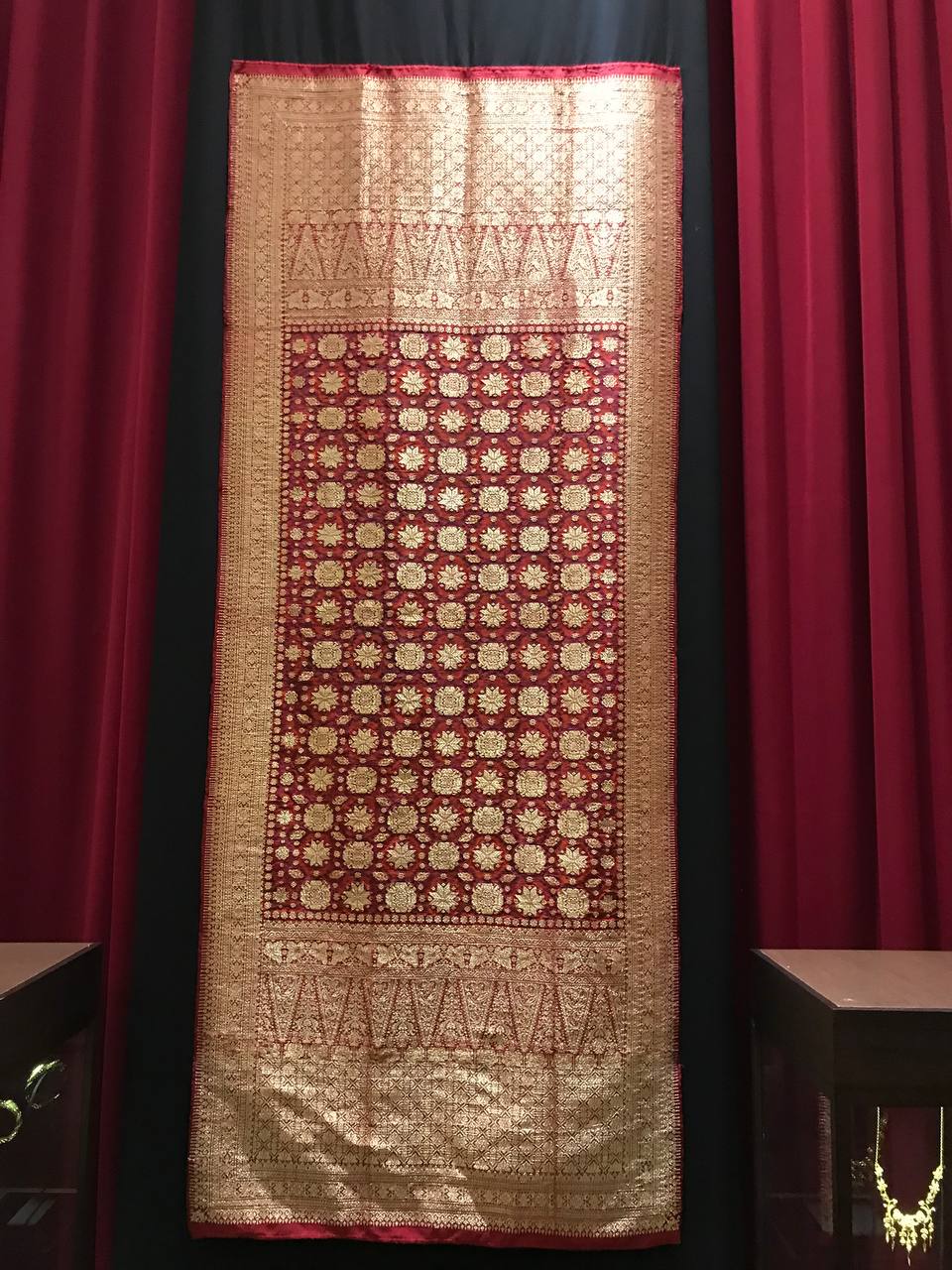Fashion Leadership Theory at Songket Lepus Palembang
The Lepus Palembang Songket back to 7th – 19th Century AD only allowed wear by King and royalty family but since the economic growth and the Sultanate has been a symbol in Palembang, the ordinary people could wear it. The function of Lepus Palembang Songket is for wedding ceremony, in Palembang they call it “Aesan Gede”. This is the proof of fashion theory adaptation called “Trickle Down” theory. The “trickle-down” theory offers a straightforward way of predicting fashion diffusion: a hierarchical process whereby individuals with high status establish fashion trends, only to be imitated by lower-status individuals wearing cheaper versions of the styles. Subsequently, high-status individuals become motivated to differentiate themselves by moving on to a new trend (Kaiser:2020). The economic growth of Palembang citizen has made them afford to buy the Lepus Songket which has high cost to consume.
The Loom is another proof of multicultural representation, the loom that has been used in Khmer and Thailand. The procedure of the loom made the result of gold brocade and songket has symmetrical patterning, this become character of golden thread in South East Asia. The Lepus for the first time made for tanjak or hat for men, but in the development of tanjak, The royalty made Lepus as shoulder clothes. The shoulder clothes influenced by India & Khmer called Sabai (Maxwell:2014).
The fabrics of silk for Lepus songket came from Arab countries, India and China. The trader came to Palembang and offered this fabrics. In Palembang Silk is the luxurious textiles that used by King and royalty family. The expert of Lepus songket took silk as background fabrics for golden or silver thread. The reason why Silk as a background is the shimmering effect that came from silk would be enhanced the golden thread.
Archeological data showed that the multicultural also came from the religion. India as a central of Hinduism brought that to Palembang, Sriwijaya. China brought Buddhist monks to Sriwijaya. The relations between Sriwijaya, China and India happened when I-tsing journey to Nalanda University in India. I-tsing stop over in Palembang while waiting for the good weather or monsoon seasons. In Nalanda, India, Sriwijaya built the doorm for their students who study Buddha in India. This relations also influenced the multicultural and showed in this archeology data.
The Data has been showed that multicultural representation in Lepus Palembang songket has many forms. From 7th Century AD until today the influence of multicultural presented. Since the Sultanate of Palembang integrated themselves to Republic of Indonesia and Palembang is the 9th biggest city in Indonesia the influence still there and the young generation in Indonesia is the cultural preserver.


